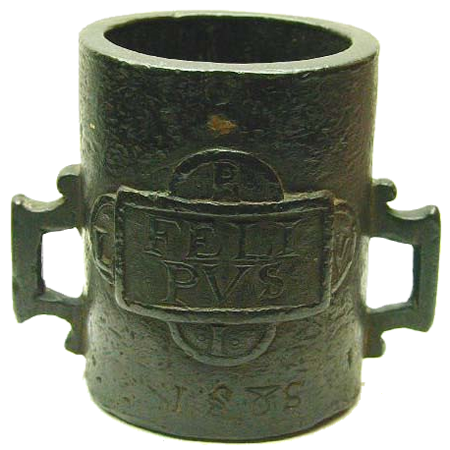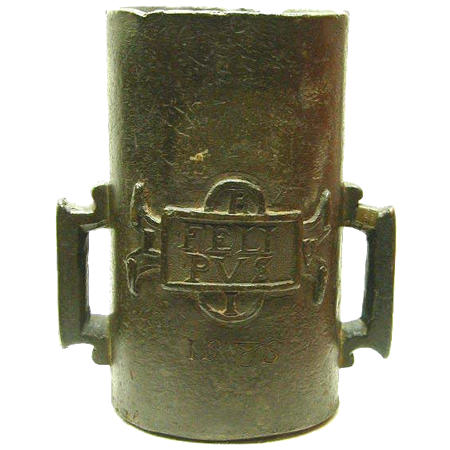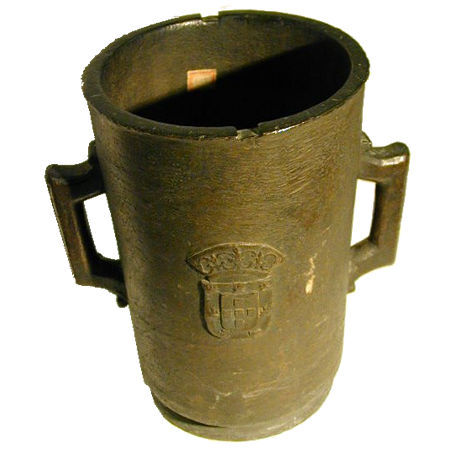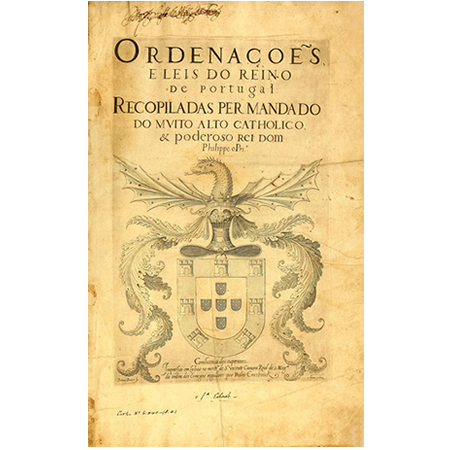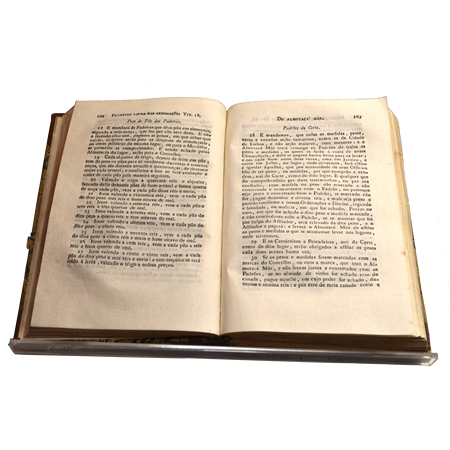
THE PHILIPPINE DYNASTY
After the death of King Sebastião without leaving direct descendants, and, later, of Cardinal D. Henrique, the crown came to be assumed by Filipe II of Spain, grandson of King Manuel I.
The monarch promised to comply and enforce, in Portugal, the Portuguese laws, which were compiled in the Ordinances of the kingdom, (the Manueline Ordinations).
In order to fulfill this promise, this king, who reigned in Portugal as Philip I, ordered a new compilation of the ordinations, with some updates. This compilation was ready only under the reign of his son, Philip II of Portugal.
In Spain, Filipe II (Filipe I in Portugal) promoted a metrological reform, but in Portugal it was not necessary, since his grandfather King Manuel I had already done so. Therefore, he limited himself to maintaining that legislation, promoting a new edition of the Ordinations, which incorporated some laws that were not contained in the Ordinances (the so-called Extravagant Laws).
The new Ordinances, which came to be known as Ordenações Filipinas (Philippine Ordinations), were enacted on January 11, 1603 and, after restoration of the Portuguese independence, were confirmed by King João IV, by Law of January 29, 1643.
This compilation was the basis of Portuguese law for centuries, being the piece of legislation that has been in force the longest, in all of Portugal’s history. In our country they were in force until the approval of the civil code in 1867 and many provisions remained in force in Brazil until 1916.
With regard to metrology, that is, weights and measures, the Philippine Ordinances maintain the provisions of the Manueline Ordinances, namely in the Title concerning the Almotacé-Mor. According to the Philippine Ordinances, olive oil was once again measured in alqueires (bushels), meios alqueires (half bushel) e quartas de alqueire (quarters), instead of the almude and meio almude that had been established by King Sebastião. Thus, during the 60 years of the Philippine dynasty (1580-1640), the weights and measures used in Portugal remained the same as they had been defined in the Manueline Ordinations (just like those used in the city of Lisbon, and are neither bigger nor smaller. ..), being different from those used in the Spanish empire.
